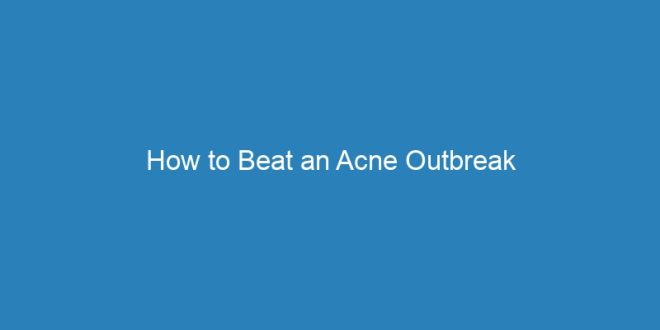Introduction – Acne is a widespread, true dominant skin condition that affects all nationalities, races, and genders, regardless of ethnicity, geographic location, or environmental conditions. The resulting impact is even more troublesome. According to a recent US survey, about 25% of adults surveyed and 31% of teenagers surveyed said that acne sometimes prevents them from participating in social activities. Has. Today, dermatologists agree that few people survive their teenage years without at least the occasional breakout of acne. For many people, acne persists into adulthood, creating embarrassment and causing those affected to look over the counter for ways to cover up the spots.
Acne Statistics for Age – According to general statistics, acne usually starts around puberty and continues into adulthood, although it can last for years regardless of age. Similarly, baby acne affects about 20% of newborns. About 25% of teenagers will still have acne by the age of 25. More than 80% of acne sufferers are between 12 and 24 years old. Acne affects around 90% of teenagers and 20-30% of adults between the ages of 20 and 40.
Acne Statistics by Gender – Perhaps due to more frequent hormonal and mood swings, women make up 75% of adult acne cases. Acne is often most severe in adolescence and begins to subside in the twenties. But in some people, acne persists throughout adulthood, albeit often in a milder form.
Acne Statistics for the Website – Acne affects the face 99% of the time. Other areas that are less affected are the back, neck, buttocks, and even the arms. Last but not least, when you consider that 80% of the population between the ages of 12 and 24 suffer from acne to some degree, acne is a very serious and widespread problem. For many people, acne problems can persist throughout their lives, even though they were told as teenagers that they would “get over” it.
What is acne – Acne is a very common and stressful condition that affects the sebum glands of the skin. Tiny holes in your skin (pores) connect with sebum glands under the skin. These glands produce an oily substance called sebum. The pores are connected to the glands by channels called follicles. Inside the follicle, the oil brings dead skin cells to the surface of the skin. Thin hair also grows through the follicle and onto the skin. When the follicles of the skin glands become clogged, acne develops. Most pimples are usually found on the face, neck, back, chest, and shoulders, but they can appear literally anywhere. Acne can cause permanent scars that are unsightly and in rare cases not life threatening. Acne occurs when cells of the hair, sebum, and skin clump together into a plug. Bacteria grow in the stopper and cause swelling. Then when the plug starts to break, a pimple grows. Acne is the most common skin condition. Men and women of all ages and races can get acne, although it is widely believed to be an adolescent disease as it is most common in teenagers and adults. It is estimated that up to 80% of the population between the ages of 11 and 30 will have some form of acne. Even people of the older generation who are over 50 years old (though less often) can experience acne. The only cause of acne is unknown, although many theories exist. To clear a misunderstanding, diet definitely doesn’t cause acne, although many people believe it is true. Whether you eat a lot of fatty foods or a lot of chocolate and chips doesn’t matter with acne, while it is true that good nutrition is only good for your skin, acne (primarily) isn’t caused by what you eat.
 KRETENG.COM Website Review Bisnis, Tempat dan Harga Produk Terbaik di Indonesia
KRETENG.COM Website Review Bisnis, Tempat dan Harga Produk Terbaik di Indonesia

